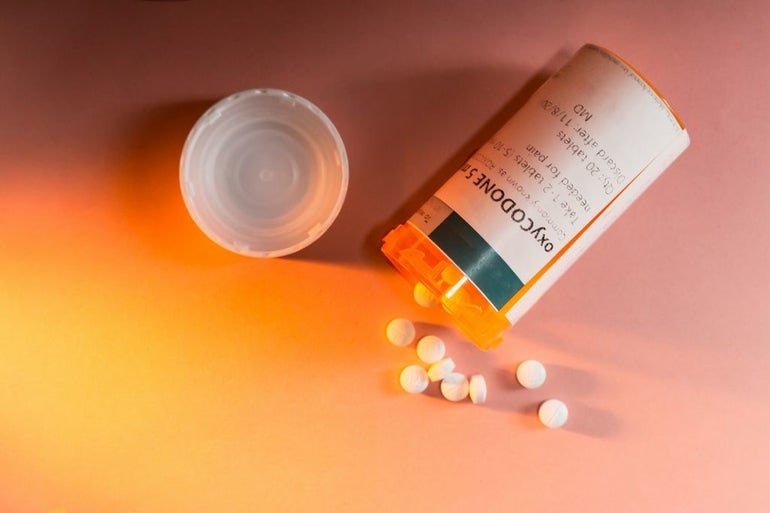More than five Massachusetts residents died on average each day of opioid overdoses last year.
That would normally qualify as shocking news. But with opioid deaths at such a high rate in Massachusetts and nationally in recent years, that statistic could actually be considered something of good news.
It’s down from closer to six deaths a day in 2016.
The Massachusetts Department of Public Health reported Wednesday opioid deaths fell for a second straight year in 2018, a promising sign that initiatives put in place may be keeping the death rate from rising further.
Opioid prescriptions in the fourth quarter of 2018, for example, were down 35 percent from three years prior, according to the DPH.
Last August, Gov. Charlie Baker signed a bill creating new standards for care in emergency departments and state houses of correction. The Baker Administration’s proposed fiscal 2020 budget calls for $266 million in substance abuse treatment and services. State funding for such services has more than doubled since the 2015 budget.
The state has also mandated addiction education curriculum in medical, dental and social work schools. Last November, U.S. Attorney Andrew Lelling sent warning letters to prescribers who his office found had prescribed opioids to a patient within 60 days of that patient’s death or who subsequently died from an opioid overdose.
Wednesday’s opioid overdose report indicates efforts appear to be working, even as numbers remain startlingly high.
The state confirmed or estimated 1,974 opioid overdose deaths last year, a drop of 82, or 4 percent, from 2017 and a decrease of 125 deaths from 2016.
Fentanyl, an opioid multitudes stronger than heroin, continues to be a major factor in broader opioid deaths. The drug was present in the toxicology of 89 percent of those whose deaths were screened in the third quarter of last year, according to the state.

